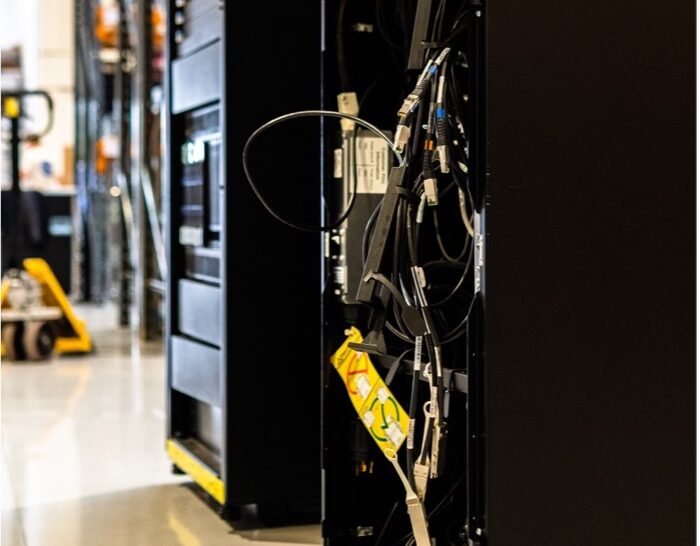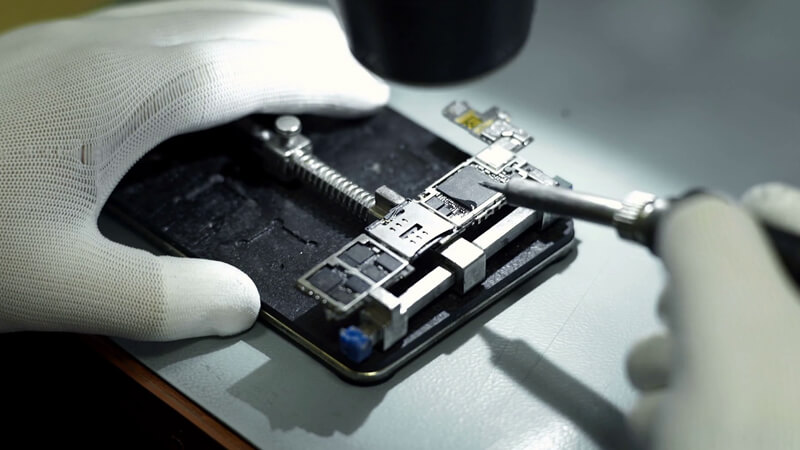The Dangers of Irregular Database Auditing: Why Consistency is Critical

Increased Risk of Data Breaches
Data breaches can be amplified by irregular database auditing. Regular audits can assist you in identifying and correcting security flaws in your database, such as weak passwords or unsecured ports. Without regular audits, these vulnerabilities can go undetected, putting your data at risk.
Compliance Violations
Irregular database auditing can also lead to compliance violations. Many industries have stringent data privacy laws that necessitate routine database audits to ensure compliance. Failure to comply with these regulations may result in costly fines and reputational harm to your organisation.
Inaccurate Data
Insufficient database auditing can result in inaccurate data. Regular audits can assist you in identifying and correcting issues with data quality, such as duplicate or incomplete records.
Increased Downtime
Inadequate database auditing can also result in increased downtime. Regular audits can aid in the identification and correction of performance issues such as slow queries or insufficient storage. Without regular audits, these problems can escalate and cause unplanned downtime, disrupting your operations.
Loss of Data
Data loss can occur as a result of irregular database auditing. Backups should be performed on a regular basis to protect your data from loss. This can be due to hardware failures, software errors, or malicious attacks. Without regular audits, backup failures or data corruption may go undetected until it’s too late, resulting in permanent data loss. If you have suffered data losses, this link contains possible solutions for recovering your data: https://webeduclick.com/dbms-recovery-techniques/
Conclusion
Irregular database auditing can have serious consequences for the security and integrity of your organisation’s data. Regular audits are required to reduce the risk of data breaches, compliance violations, inaccurate data, increased downtime, and data loss. By being consistent with your auditing efforts, you can identify and address issues quickly, ensuring the security and accuracy of your data. If you are in need of an urgent database audit, please visit our request a quote page and we will reach out as soon as we can: https://connectium.co.uk/request-a-quote/








 Businesses are constantly updating their IT infrastructure to maintain performance as technology continues to grow at an unparalleled rate. What happens when such machinery reaches the end of its life? We will discuss the difficulties in managing outdated IT equipment in this article.
Businesses are constantly updating their IT infrastructure to maintain performance as technology continues to grow at an unparalleled rate. What happens when such machinery reaches the end of its life? We will discuss the difficulties in managing outdated IT equipment in this article.








 Request a quote
Request a quote